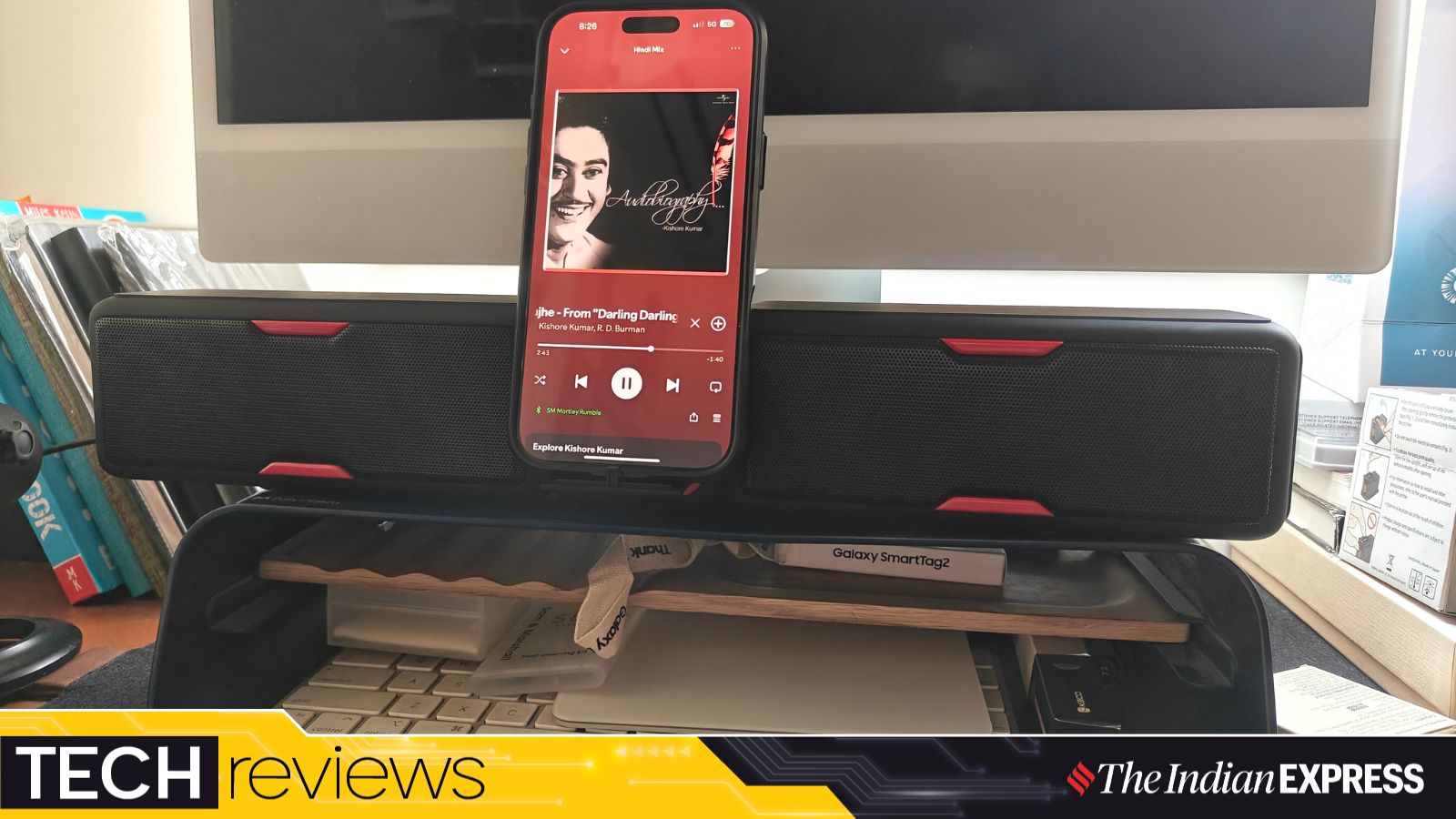Logitech is collaborating with Tencent to develop a cloud gaming handset that could be launched later this year. The device will stream games that are rendered on a remote server instead of users having to download and install them. The handset device will support Xbox Cloud Gaming and Nvidia GeForce NOW.
We’re thrilled to announce an official partnership with @TencentGames to bring a cloud gaming handheld to market later this year that will support multiple cloud gaming services.
Be the first to learn more by registering for developments updates: https://t.co/tfAmQMTKCD pic.twitter.com/dNfmuKIz3w
— Logitech G (@LogitechG) August 2, 2022
The accessory maker has not revealed any of the details about the device, including its launch date, what it will look like, what it will cost and when it will release. But Logitech has created a webpage where you can learn more about the device when the company releases more details.
“As someone that grew up playing video games, the idea of being able to stream and play AAA games almost anywhere is super exciting, and we can’t wait to show everyone what we’ve been working on,” said Ujesh Desai, general manager of Logitech G, in a press statement.
In February this year, video game company Valve launched a handheld gaming console based on a custom Linux-based operating system. The Steam deck can also be used to stream video games from cloud-based services but unlike the device promised by Logitech, it can also be used to download, install and play games locally on the device. However, the device from Logitech could end up being cheaper than the Steam Deck because it doesn’t need necessarily need the sort of computing power to render games locally. But that can’t be confirmed until we know more about the device.
!function(f,b,e,v,n,t,s)
{if(f.fbq)return;n=f.fbq=function(){n.callMethod?
n.callMethod.apply(n,arguments):n.queue.push(arguments)};
if(!f._fbq)f._fbq=n;n.push=n;n.loaded=!0;n.version=’2.0′;
n.queue=[];t=b.createElement(e);t.async=!0;
t.src=v;s=b.getElementsByTagName(e)[0];
s.parentNode.insertBefore(t,s)}(window, document,’script’,
‘https://connect.facebook.net/en_US/fbevents.js’);
fbq(‘init’, ‘444470064056909’);
fbq(‘track’, ‘PageView’);







